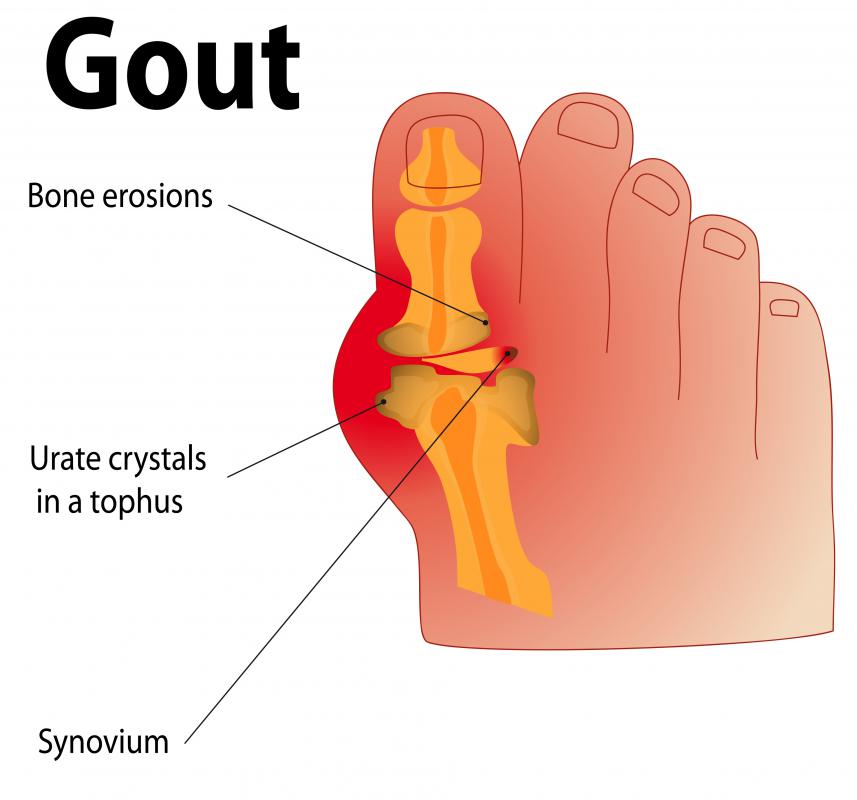At WiseGEEK, we're committed to delivering accurate, trustworthy information. Our expert-authored content is rigorously fact-checked and sourced from credible authorities. Discover how we uphold the highest standards in providing you with reliable knowledge.
What Factors Affect a Sufficient Guaifenesin Dose?
Guaifenesin is a medication used to make coughs more productive, and may be used in treating other medical conditions, such as asthma, gout, and fibromyalgia. The guaifenesin dose used to treat an individual can depend on many different factors. Such factors can include the age and weight of the individual, as well as the type of medical condition this drug is being used to treat.
Adults tend to have a standard guaifenesin dose range, although this dose can change depending on whether the medication used is in an immediate release or extended release preparation. For immediate release medications, the usual recommended dose is 200 to 400 milligrams (mg) taken every 4 to 6 hours. Individuals with a heavier body weight or that have taken this medication recently may have to take doses closer to 400 mg.

The normal dosage for adults taking an extended release form of guaifenesin should take 600 mg to 1200 mg, two times a day. As with the immediate release formulation, heavier individuals or those that may have a medication tolerance will often have to take a larger dose within this range. For individuals taking immediate or extended release versions of this drug, the total guaifenesin dose should never go beyond 2400 mg daily.

Dosing for children can be performed in one of two ways: by weight or by age. Using the weight-based method, the total guaifenesin dose for the day is calculated at 0.35 mg per kilogram (kg) of body weight, which is equivalent to 0.16 mg per pound (lb) body weight. In turn, this amount is split into four to six smaller doses, to be given every four to six hours per day.

Age-based dosing with this medication uses doses of 50 mg to 100 mg given every four hours for children between four and five years old. Children six to 11 years old usually take 100 mg to 200 mg every four to six hours. For sustained release formulas of this medication, the guaifenesin dose for children under five is 300 mg every 12 hours, and for children ages six to 11, the dose is 600 mg every 12 hours.

An experimental fibromyalgia treatment known as the guaifenesin protocol uses this medication to alleviate some symptoms of this disease. It calls for a starting dose of 300 mg, given two times a day, and over time, the dosage increases. This particular usage of guaifenesin has not been approved by any government regulatory agencies, however.
AS FEATURED ON:
AS FEATURED ON:















Discuss this Article
Post your comments